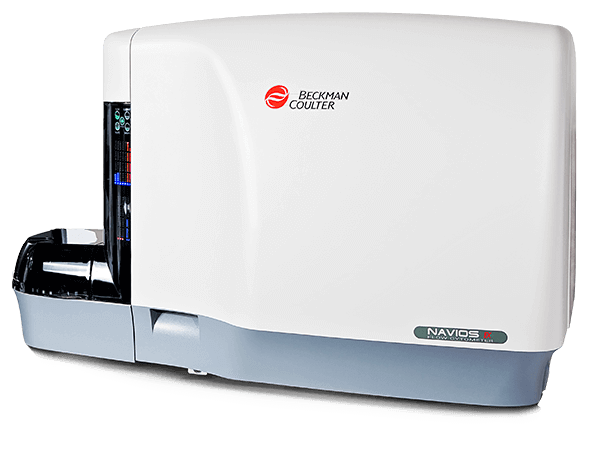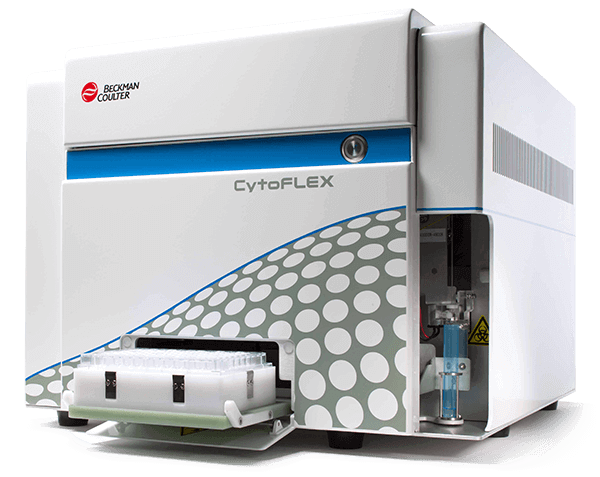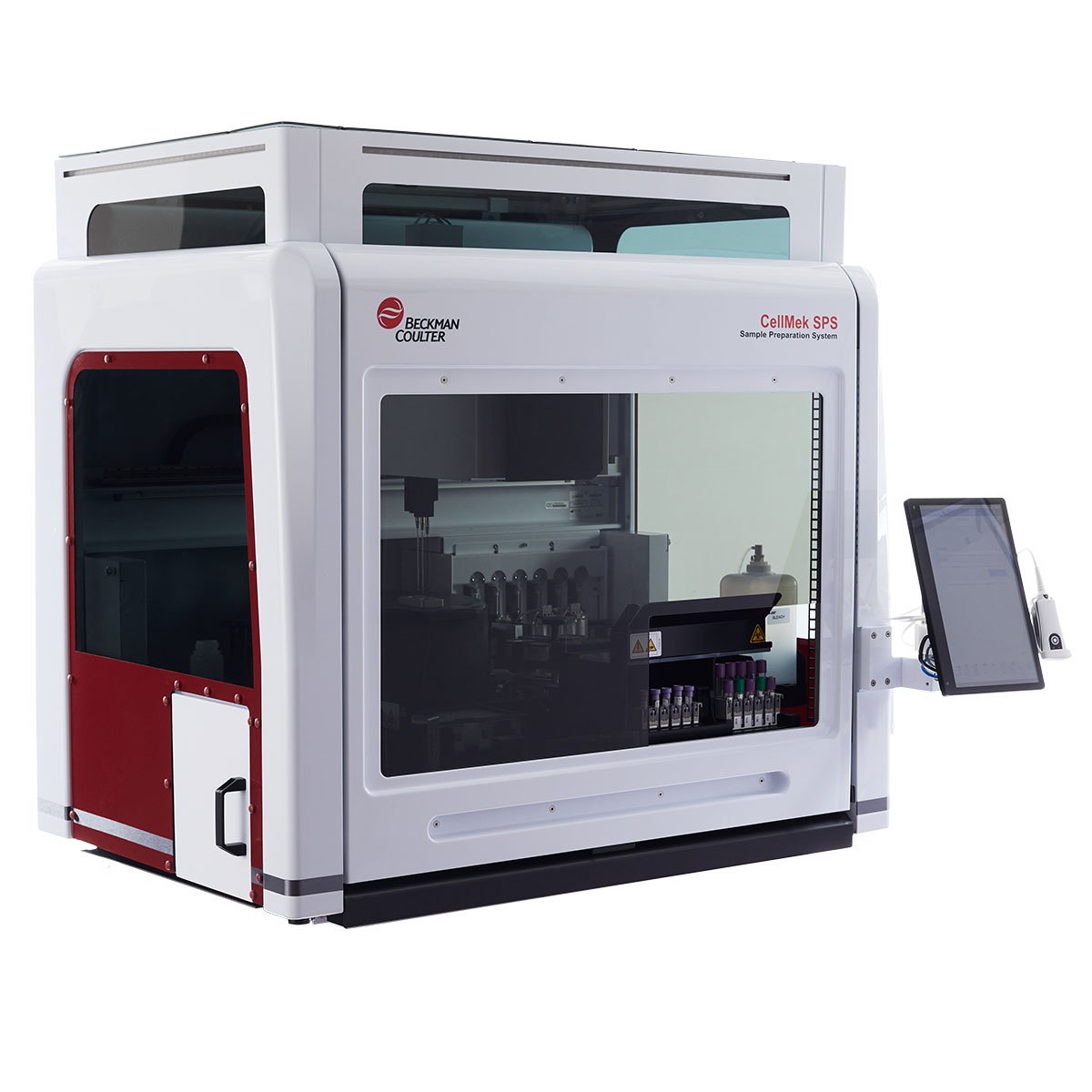CD184 (CXCR4) Antibodies
CD184 (also known as CXCR4, or Fusin) is a seven-transmembrane domain G protein-coupled surface receptor. Its natural ligand is the stromal cell-derived factor-1 (SDF-1), a C-X-C chemokine which is strongly chemotactic for monocytes and lymphocytes. CD184 has initially been described as the human immunodeficiency virus-1 (HIV-1) entry co-receptor, associated with the surface CD4-gp120 complex before HIV-1 enters target cells. It also acts as an alternative receptor for some isolates of HIV-2. The SDF-1 / CD184 pair may also play a role in the development of the nervous system. Unlike other chemokine receptors, the cellular distribution of CD184 (CXCR4) is nearly ubiquitous; it is expressed on a variety of CD4+ and CD4– cells in the immune system and the central nervous system. In blood, CD184 is highly expressed on neutrophils, monocytes, dendritic cells, NK cells, B cells, and T cells, as well as on platelets. CD184 exhibits a rapid (30 seconds) up-regulation upon activation of lymphocytes, followed by internalization (within 2 minutes). Accordingly, CD184 is detected in large amounts in intracellular stores within leucocytes. Absent from eosinophils and basophils in fresh whole blood, this antigen is inducible ex vivo on eosinophils by glucocorticoids, and on basophils by SDF-1. As a GPCR, CXCR4 binding of SDF-1 triggers certain signaling pathways such as ras, and PI3 kinase. One downstream effect of SDF-1 / CD184 interaction is the activation of transcription factors such as AP-1 and chemokine regulated genes. JAK / STAT pathways also play a role in SDF-1/CXCR4 signaling.
| Clone: 12G5 | Isotype: IgG2a Mouse |
| The 12G5 antibody partially inhibits chemotaxis and calcium influx induced by SDF‑1. It stains predominantly the naïve, resting CD26low CD45RA+ CD45R0- T lymphocyte subset of peripheral blood T cells. The 12G5 mAb has been assigned to the CD184 cluster of differentiation during HLDA 7. | |






